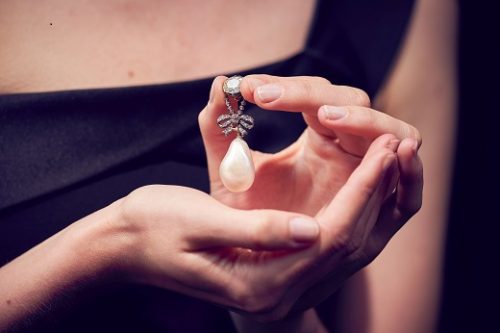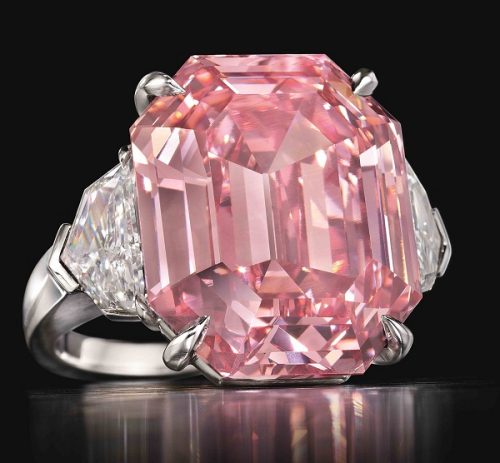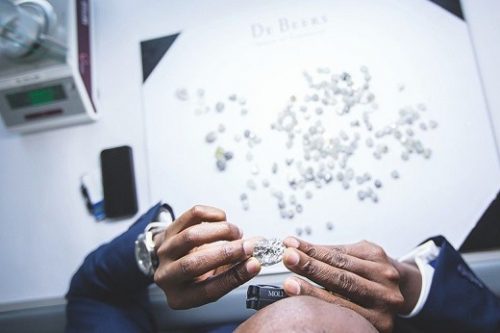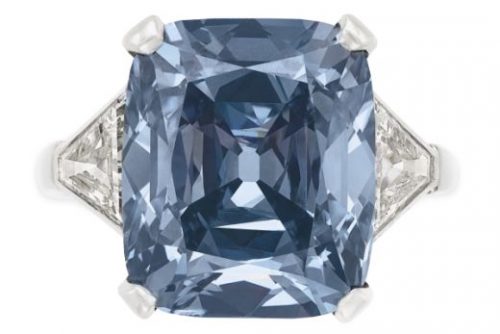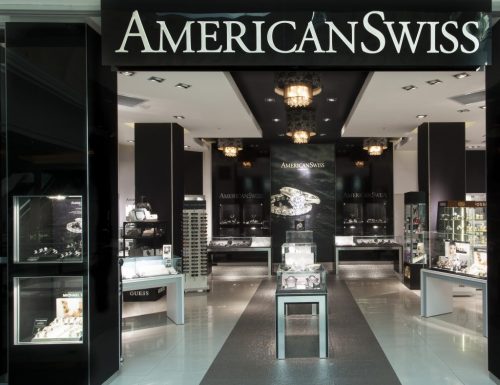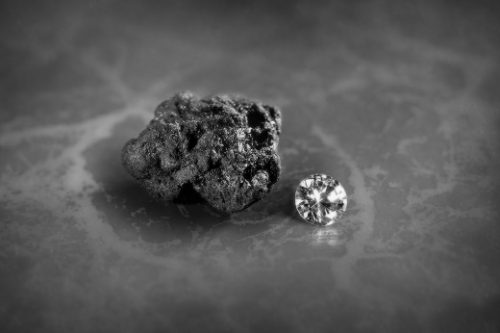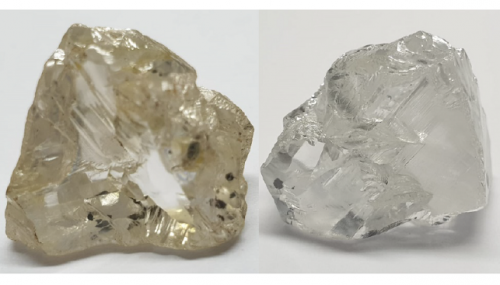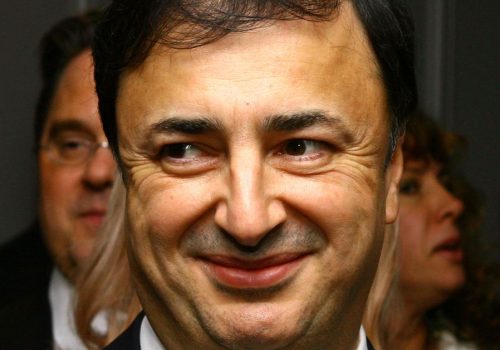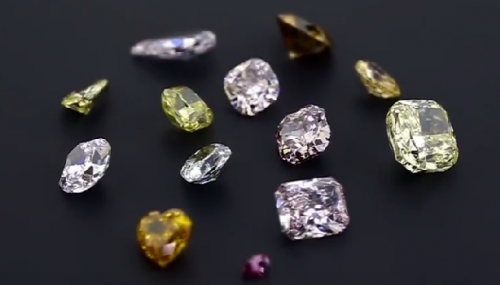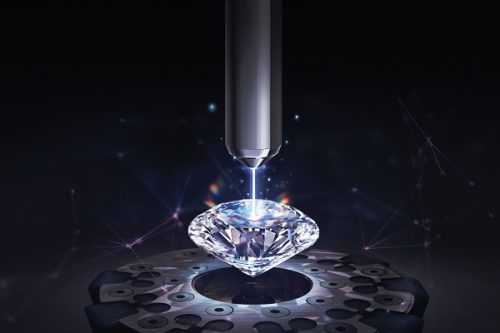A natural pearl and diamond pendant belonging to Marie Antoinette smashed its price estimate and capped off a record-breaking sale at Sotheby’s Geneva auction.
The jewel went for $36.2 million, beating its presale valuation of $1 million to $2 million, and setting a new auction record for a natural pearl, Sotheby’s said Wednesday. All jewels on offer at the auction found a buyer, including 10 belonging to the French queen. The entire collection sold for $53.1 million, more than seven times the total presale high estimate of $7 million.
“Tonight we saw the Marie Antoinette factor work its magic,” said Daniela Mascetti, Sotheby’s jewelry chairman for Europe. “No other queen is more famous for her love of jewels, and her personal treasures, pearls and diamonds that survived intact the tumults of history captivated the interest of collectors around the world.”
A monogrammed diamond ring with the initials MA, containing a lock of Marie Antoinette’s hair, garnered $443,786, 50 times its presale estimate of $8,000 to $10,000, while a three-strand pearl necklace went for $2.3 million against its original valuation of $200,000 to $300,000. The French queen’s white and yellow diamond brooch also well exceeded its estimate of $50,000 to $80,000, selling for $2.1 million.
The auction was also the highest-value sale of royal jewels in history, Sotheby’s said. The previous record was set in 1987, when the jewels of the duchess of Windsor, Wallis Simpson, sold for $50.3 million at Sotheby’s.
“More than 30 years ago, I was part of the specialist team entrusted with the landmark sale of the jewels of the duchess of Windsor — a sale that has held a legendary status ever since,” said David Bennett, worldwide chairman of Sotheby’s international jewelry division. “Tonight a new benchmark was established in the sale of royal and noble jewels.”
The sale also included jewels belonging to the Royal Bourbon Parma family, to whom Marie Antoinette sent her jewels for safekeeping before being taken into captivity. Some 90% of those lots sold above their high estimate.
Image: Marie Antoinette’s record-setting natural pearl and diamond pendant. (Sotheby’s)
Source: Diamonds.net
